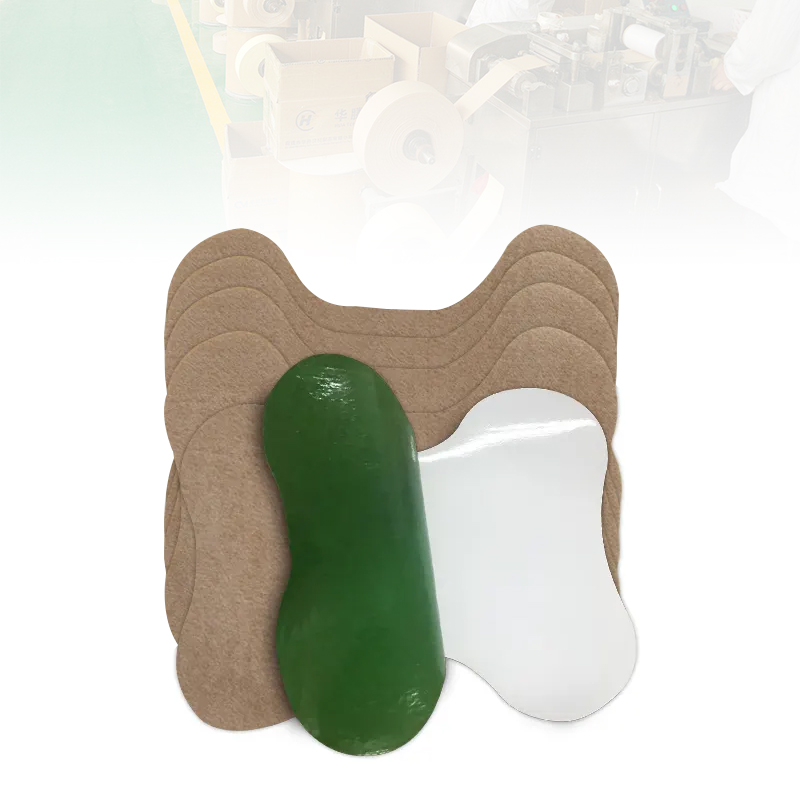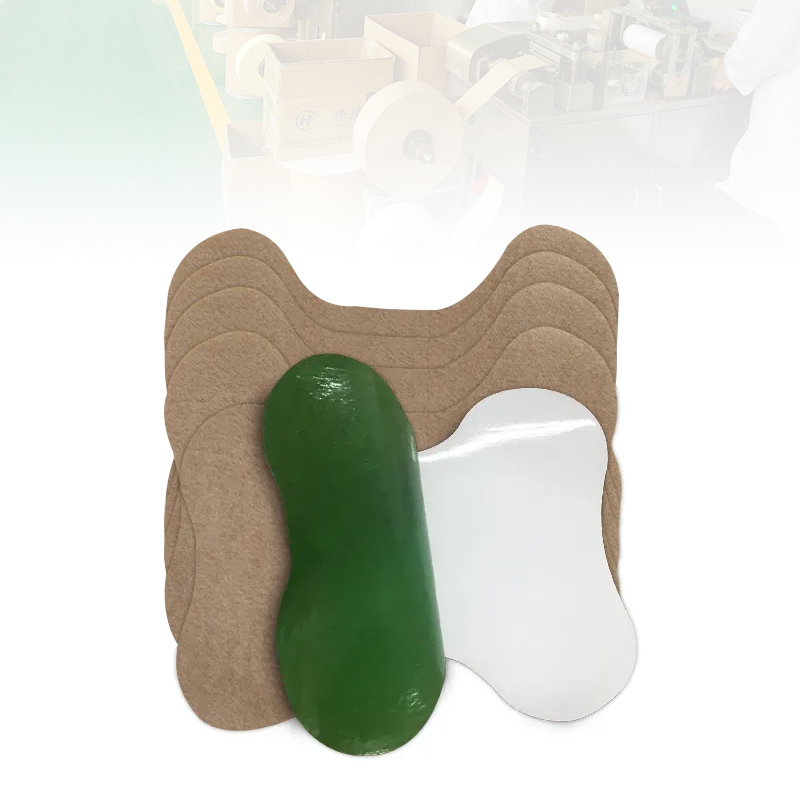Ensuring Compliance and Safety with Lumbar Pain Relief Patches OEM in the Workplace
Incorporating health benefits such as lumbar pain relief patches into the workplace wellness program can significantly enhance employee well-being and productivity. However, ensuring compliance and safety is paramount when implementing these solutions. This article delves into the best practices for ensuring compliance and safety with lumbar pain relief patches OEM in the workplace. We will also address common questions related to lumbar pain relief patches manufacturers, custom lumbar pain relief patches, private label lumbar pain relief patches, and lumbar pain relief patches suppliers.

The Importance of Compliance and Safety in Workplace Health Programs
Ensuring compliance and safety in workplace health programs not only protects employees but also safeguards the company from potential legal and financial repercussions. When introducing new health products, such as lumbar pain relief patches, it is crucial to adhere to regulatory standards and implement robust safety measures.
Understanding Lumbar Pain Relief Patches
Lumbar pain relief patches are transdermal patches designed to deliver pain-relieving ingredients directly to the lower back area. These patches provide targeted, sustained relief from pain, making them an effective solution for managing lower back pain in the workplace.
Key Steps to Ensuring Compliance and Safety with Lumbar Pain Relief Patches OEM
Partner with Reputable Manufacturers: The foundation of compliance and safety begins with selecting a reliable lumbar pain relief patches manufacturer. Choose manufacturers with a proven track record of producing high-quality, safe products and who adhere to stringent quality control standards.
Understand Regulatory Requirements: Familiarize yourself with the regulatory requirements for lumbar pain relief patches in your region. This includes understanding the guidelines set by health authorities such as the FDA (Food and Drug Administration) in the United States or the EMA (European Medicines Agency) in Europe.
Custom and Private Label Solutions: When opting for custom lumbar pain relief patches or private label lumbar pain relief patches, ensure that the manufacturer complies with all relevant regulations. Custom solutions should meet the same safety and efficacy standards as off-the-shelf products.
Conduct Rigorous Testing: Ensure that the lumbar pain relief patches undergo rigorous testing, including clinical trials, stability testing, and biocompatibility testing. This verifies that the patches are safe, effective, and free from harmful side effects.
Quality Assurance and Control: Implement robust quality assurance and control measures. This includes regular audits of the manufacturing process, batch testing, and ensuring that the products meet all specified standards before they are distributed to employees.
Employee Education and Training: Educate employees on the proper use of lumbar pain relief patches. Provide detailed instructions on application, potential side effects, and when to seek medical advice. Training sessions can help ensure that employees use the patches safely and effectively.
Monitor and Review: Regularly monitor the use of lumbar pain relief patches in the workplace and review any feedback from employees. This helps identify any issues early and allows for timely interventions to address safety or compliance concerns.
Benefits of Ensuring Compliance and Safety
Protection from Legal Liability: Adhering to regulatory standards and ensuring product safety protects the company from legal liabilities that may arise from adverse reactions or product failures.
Employee Trust and Confidence: Demonstrating a commitment to safety and compliance builds trust and confidence among employees, encouraging them to use the health benefits provided.
Enhanced Reputation: Companies that prioritize compliance and safety are viewed more favorably by stakeholders, including employees, customers, and investors.
Long-Term Cost Savings: Preventing safety issues and regulatory breaches can result in long-term cost savings by avoiding fines, legal fees, and compensation claims.
Real-World Examples of Compliance and Safety in OEM Programs
Case Study 1: SafeHealth Inc.
SafeHealth Inc., a healthcare company, partnered with a reputable lumbar pain relief patches supplier to develop custom lumbar pain relief patches for their employees. By adhering to strict regulatory standards and implementing rigorous quality control measures, SafeHealth ensured the safety and effectiveness of the patches. Employee feedback indicated a high level of satisfaction with the product, and the company reported a significant decrease in lower back pain-related absenteeism.
Case Study 2: WellnessCorp
WellnessCorp, a large corporation, introduced private label lumbar pain relief patches as part of their employee health benefits program. They worked closely with a lumbar pain relief patches manufacturer to ensure compliance with all relevant regulations. The company conducted extensive employee training on the proper use of the patches and implemented a monitoring system to track any adverse effects. The program was successful, with employees reporting improved pain management and increased productivity.
Addressing Common Concerns
Regulatory Compliance: How can companies ensure regulatory compliance for lumbar pain relief patches?
- Solution: Partner with manufacturers experienced in regulatory compliance, conduct regular audits, and stay updated on relevant guidelines.
Product Safety: What steps can be taken to ensure the safety of lumbar pain relief patches?
- Solution: Conduct rigorous testing, implement quality assurance measures, and educate employees on proper use.
Employee Training: How important is employee training in the safe use of lumbar pain relief patches?
- Solution: Employee training is crucial for ensuring proper application, understanding potential side effects, and knowing when to seek medical advice.
Monitoring and Feedback: How can companies effectively monitor the use of lumbar pain relief patches in the workplace?
- Solution: Implement a monitoring system to track usage and collect employee feedback to identify and address any issues promptly.
Conclusion
Ensuring compliance and safety with lumbar pain relief patches OEM in the workplace is critical for protecting employees and the company. By partnering with reputable lumbar pain relief patches manufacturers, understanding regulatory requirements, conducting rigorous testing, and providing comprehensive employee education, companies can effectively implement these health benefits. Prioritizing compliance and safety not only safeguards the company from legal and financial risks but also enhances employee trust, satisfaction, and overall well-being.
Frequently Asked Questions (FAQs)
What are the key regulatory requirements for lumbar pain relief patches?
- Regulatory requirements vary by region but generally include guidelines set by health authorities such as the FDA or EMA.
How can companies ensure the quality of custom lumbar pain relief patches?
- Ensure that the manufacturer conducts rigorous testing, adheres to quality control standards, and complies with all relevant regulations.
Why is employee education important for the use of lumbar pain relief patches?
- Education ensures that employees use the patches correctly, understand potential side effects, and know when to seek medical advice, enhancing safety and effectiveness.
What are the benefits of private label lumbar pain relief patches?
- Private label patches enhance brand recognition, demonstrate a commitment to employee well-being, and can be customized to meet specific employee needs.
How can companies monitor the safety of lumbar pain relief patches in the workplace?
- Implement a monitoring system to track usage, collect employee feedback, and conduct regular reviews to identify and address any safety concerns.
What steps can companies take to prevent regulatory breaches?
- Partner with experienced manufacturers, conduct regular audits, stay updated on regulatory guidelines, and ensure rigorous quality control measures are in place.
By following these best practices, companies can ensure the successful implementation of lumbar pain relief patches OEM programs, providing safe and effective pain relief solutions that enhance employee health and productivity.






